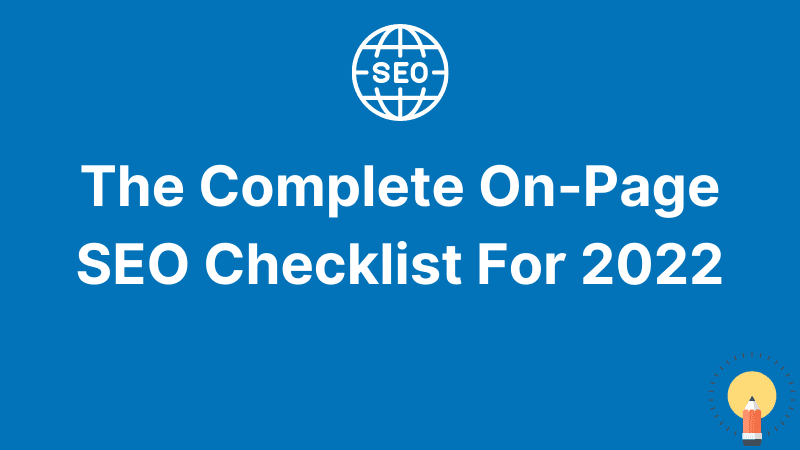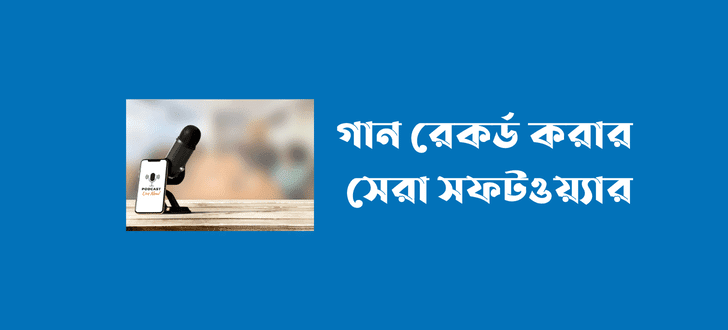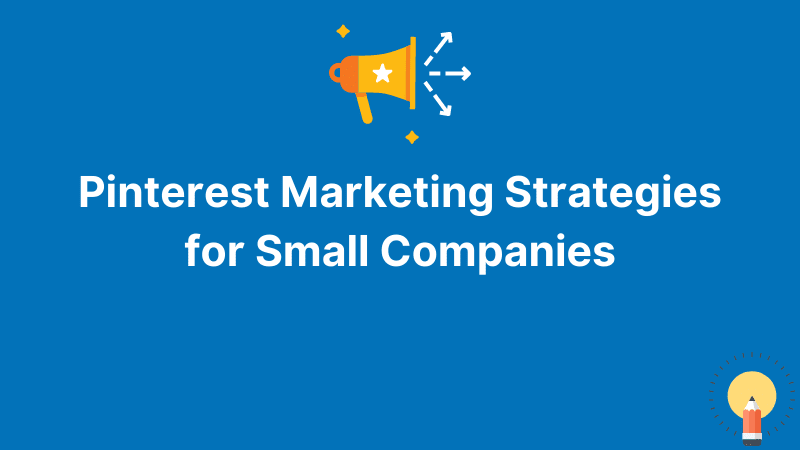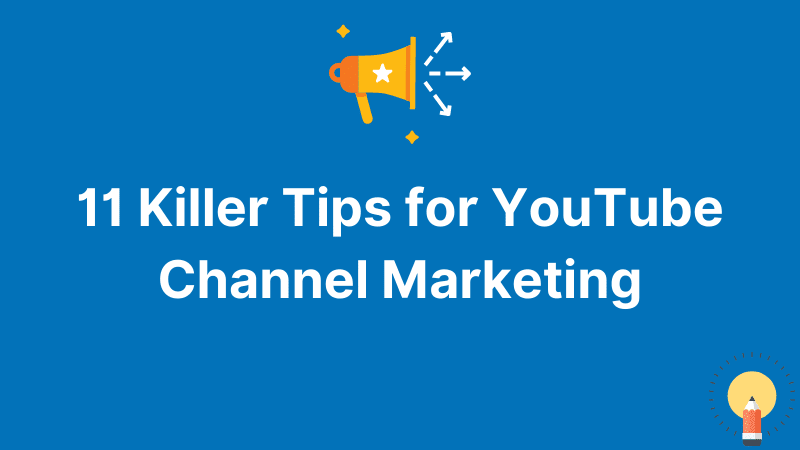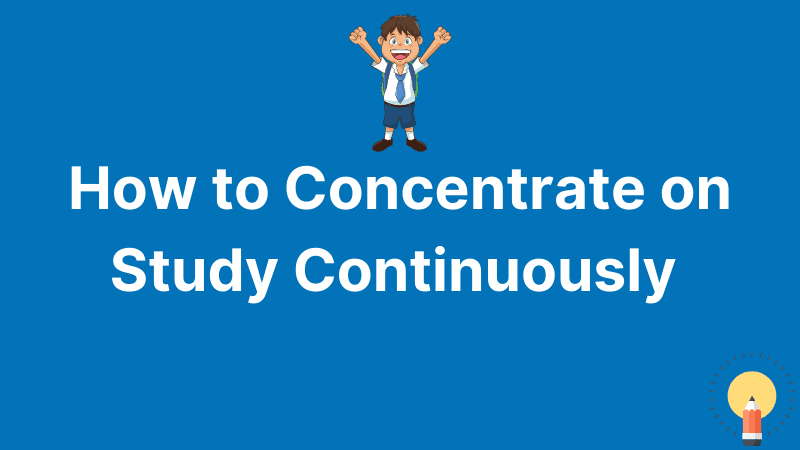The Complete On-Page SEO Checklist For 2024
This is the most comprehensive SEO checklist available on the internet.
What's the greatest part?
Everything on this list is currently working perfectly.
So, if you need greater Google ranks in 2024, today's checklist is for you.
An On-Page SEO Checklist will assist you ensure that you didn't miss anything and boosts your chances of ranking at the top of the SERPs.
Let's get started...
SEO Basics Checklist
First, let's go through the foundations of SEO. You'll learn about the tools and plugins you'll need to rank in search results here.
1. Setup The Google Search Console
Google Search Console is an EXTREMELY POWERFUL FREE SEO TOOL.
Search Console is intended to assist you in tracking the performance of your website in Google search.
As a result, it's jam-packed with essential features such as:
- Determine which keywords are bringing you the most traffic.
- Submit the sitemap.
- Fix website faults.
- Examine your page's experience scores
- a lot more
In summary, if you're concerned about SEO, the Google Search Console is always a first step.
2. Install Bing Webmaster Tools
Set up Bing Webmaster Tools next.
Is Bing as well-known as Google? No. However, Bing receives around 1 billion visits every month. As a result, it's worth optimizing for.
Furthermore, Bing Webmaster Tools has several useful tools, such as a built-in keyword research tool.
3. Setup Google Analytics
Google Analytics is the BEST method to monitor how visitors find (and interact with) your website.
Among its many excellent traits are:
- Examine how much traffic you receive from Google.
- Determine which pages on your website receive the most traffic.
- Check to see whether your traffic is rising (and by how much)
- Determine which other websites and search engines bring you visitors.
- Your typical bounce rate, page visits, and time spent on the site
Connect Google Analytics to the Google Search Console as a pro tip. When you do, you'll get useful SEO data from your Google Analytics account.
Keyword Research Checklist
The basis of SEO is keyword research. And I'll explain you how to rapidly discover keywords that your visitors look for in this checklist.
Pick your main keyword
You must choose one main keyword on which to concentrate your post. This post will concentrate on the term 'On-Page SEO Checklist.' Why?
- Because the term 'On-Page SEO' is just too competitive for us to rank for;
- We would be OK competing if it were our key service, but it isn't;
- We are really providing a checklist;
- In comparison to the competitors, this term has a reasonable search volume.
How did we come to this point?
We wanted to share our SEO expertise with our audience since we know that many authors and content marketers are not SEO gurus. After deciding on a topic, we went to SEMRush and started more keyword research, beginning with the wide term 'on-page SEO.'
Find out what the search intent
Google has previously conducted hundreds of a/b experiments to determine what individuals looking for a certain keyword want to see. It is your responsibility to provide higher value than what is presently available.
I often use the term 'how to get rid of acne' as an example.
Google discovered via hundreds of a/b testing that individuals looking for that phrase want to get rid of acne FAST!
That is, if you try to produce an essay on how to get rid of acne in six weeks, you will have a difficult time.
You must comprehend the searcher's objective.
It's quite basic for this topic. A checklist for on-page SEO.
BUT!
We can't simply publish our top 5 ideas and perform a lot of link building if everyone else on the first page of Google developed wonderful looking tools, visualizations, spreadsheets, and so on.
It is not what the searcher seeks. As a result, you will be unable to maintain your first-page ranking. Regardless of the amount of linkages.
secondary keywords
We strongly support the creation of a blog outline. It is beneficial to write down your thoughts as well as determine your subtopics and conduct additional keyword research to find extra ranking opportunities.
Keywords can be found in abundance on Reddit, Quora, forums, and other online communities.
To begin, enter a keyword into Google.
But don't hit the enter key... Alternatively, you can use the "Google Search" option. Instead, look at the terms that Google suggests. These are referred to as "Google Suggest" keywords.
Because these terms are pulled directly from Google, you Guarantee that people are looking for them.
This implies they make excellent keywords for optimizing your website.
Find “Question Keywords”
Question keywords are Excellent for blog articles. For example, "How do you make spicy pizza?" And you may simply locate them with Answer The Public. This free tool displays questions that people look for online. As a result, you will be able to answer these questions with your information.
Pay attention to your url
Shorter urls perform better overall, and you should include your primary keyword. You should always be upgrading your material. As a result, avoid numbers such as: 10-off-page-seo-tips-2022.
The article will still be important in 2023, but it may give visitors and search engines the incorrect idea.
What if we throw in a tip in 2022? Should we update the URL and implement redirects?
It's preferable to avoid it from the start.
Create great Title Tags
According to what you commonly read on the internet, you should add your primary keyword at the beginning of your title tag. That's correct. That is something you should absolutely do.
However, take your title tag to the next level by enticing visitors to click.
More people will click on your result (more visitors) if you have a snappy, real worth title tag, but Google will also reward you with higher ranks if they find people enjoy your content (as long as they don't hit the back button within several seconds).
Only One H1
Include your term in the H1, H2, or H3 tags.
As an example:
You might have observed that the phrase "On-Page SEO Checklist" appears in the first subheader on this page.
To be honest, we often utilize the Title Tag as our H1. We sometimes reduce it down, and occasionally we completely rewrite it. The most vital factor is that your primary keyword is included, indicating to readers that they have arrived at the correct page, and that you utilize the H1 tag just once in your post.
Great introduction
Google dislikes pogo-sticking. They despise it when visitors quickly hit the back button. Your opening should entice visitors to read your content while dismissing the possibility that there are others available.
You should also include your core keyword in the first 100-150 characters of your body content as an SEO recommended practice. Because google emphasizes the first 100-150 words of your content.
Subheadings help your reader
Don't expect every site visitor to read your post from beginning to end. You probably already knew about a number of the suggestions we're offering. The subheadings may have assisted you in consuming value more rapidly.
Make sure the subheadings are detailed enough that they may hold alone as small articles, and Google may index them as such.
That means here is an excellent area to include your secondary keywords as well.
SEO Optimize your images
This is also a very simple check from the On-Page SEO Checklist. Make certain that your photographs are compressed. Check out tools like tinypng.com see if they can assist you.
Make that the image's name, description, and alt tag are all SEO optimized. Meaning, describing the picture and, if feasible, using relevant keywords.
Link out to your sources
When you link to reliable sites, both Google and your audience will enjoy it. Don't be afraid to use it when appropriate, but don't overdo it. It isn't a theory. You don't have to include a source for every assertion you make. For example, this essay was created mostly on the basis of our years of expertise and contains just a few external links. Other articles include a lot more external links since we want to illustrate how we got our information.
Oh, yes. Remember to always open external links in a new tab so visitors don't abandon your site without clicking the xyz in the upper right corner.
Finish strong with internal links
Internal links are excellent for boosting content that you want to rank but cannot get external connections for. However, there is a correct and incorrect method to utilize internal links. Here are some pointers:
- Don't stuff your page with too many internal links. The authority that flows from one page connecting to 10 contents is less than that which comes from one page linked to 5 articles.
- Only link to content that you wish to rank for. You may have web sites that just need a little boost to attain the top position. Try to link to such content rather than random pieces that have never made it beyond page 20 of Google in two years.
- Using the appropriate anchor text, link to highly relevant sites.
- Create hubs and connect articles with one another. We accomplish this, for example, using our Marketing Copy Generators. The Title Generator connects to the Intro Generator, which in turn connects to the Instagram Caption Generator, and so on.
- Check which sites may provide internal links when you post an article.
- Pro advice! If you see that your articles aren't ranking, go back and eliminate the internal links.

